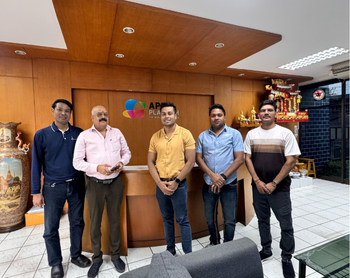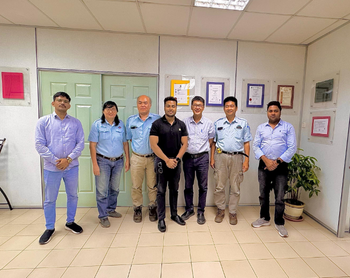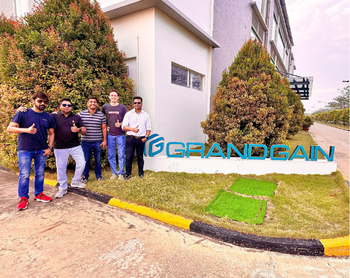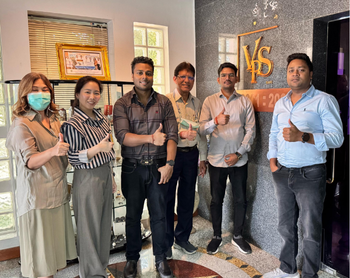Trademark Certification
Trademark licensing allows the owner to retain ownership while granting limited usage rights to a third party for commercial purposes in exchange for royalties. In India, it is governed by the Trade Marks Act of 1999, which regulates registered users.
Trademark licensing is a method of transferring rights in which the trademark owner retains all actual ownership rights in the mark while granting third parties only a limited stipulated rights to use it.
Simply put, the trademark owner grants a third party permission to use the trademark (if it is registered) solely for commercial purposes in exchange for a royalty on sales of goods or services licensed under the trademark, without designating the person as a registered user or otherwise transferring ownership.
The Trade Marks Act of 1999 governs trademark licensing in India. The Act's legislative provisions governing trademark licensing in India refer to rules relating to registered users, even though the phrase Licensing/licence is not mentioned at all in the Act.
1. A copy of the trademark or of the logo. In case of trade mark for word, logo is not required.
2. Applicant’s details like name, address and nationality.
3. In case of company or LLP, the incorporation certificate.
4. Udyog Aadhar registration, in case the company is eligible for lower filing fee.
5. Description of goods or services represented by the mark.
6. Trademark class under the application must be filed.
7. Power of attorney in Form 48 Format should be signed by the applicant
It’s undeniable that trademark licensing has become a prevalent business practice, enabling rights holders to extend their brand's reach through third-party use while retaining legal ownership. This is achieved under specific conditions, such as quality control and other essential terms outlined in the License Agreement, which the trademark holder sets.
To avoid misunderstandings and ambiguity, it's crucial for all parties to have a clear understanding of their expectations. This requires a well-structured agreement and careful consideration of local tax implications related to royalty payments. Reach out to our experts to obtain your Trademark License in India."
Once the Trademark Registrar is satisfied with the application and the supporting paper works, he or she registers the potential Licensee or Registered User with regard to the goods or services for which they are satisfied. The Trademark Registry entry must include the date the registered user's application was submitted. Within two months of the date of trademark registration, the records will be published in the Journal.
Other Licensees or registered users of the proposed Trademarks must receive notice from the Trademark Registrar in the manner recommended for the Registration of such Licensee (if any). Accordingly, the Trademark Registrar must take action at the applicant's request to make sure that the information provided for the application under the Section—aside from facts recorded in the Trademark Register—is kept secret from rivals or business rivals.
Upon filing a trademark application with the Trade Mark Office, the applicant may use the ™ symbol. Upon registration, the ® symbol can be used. Registered trademarks remain valid for 10 years from the application date and can be renewed by paying the government-prescribed fee.
We’ve been waiting for you!
Serving Global
8000 Companies
Select us as a vendor on the basis of our market position and market credibility. Some other factors that they keep in mind while selecting us included our domain expertise, timely delivery, monetary stability. More than 15 years of experience working in the Industry





